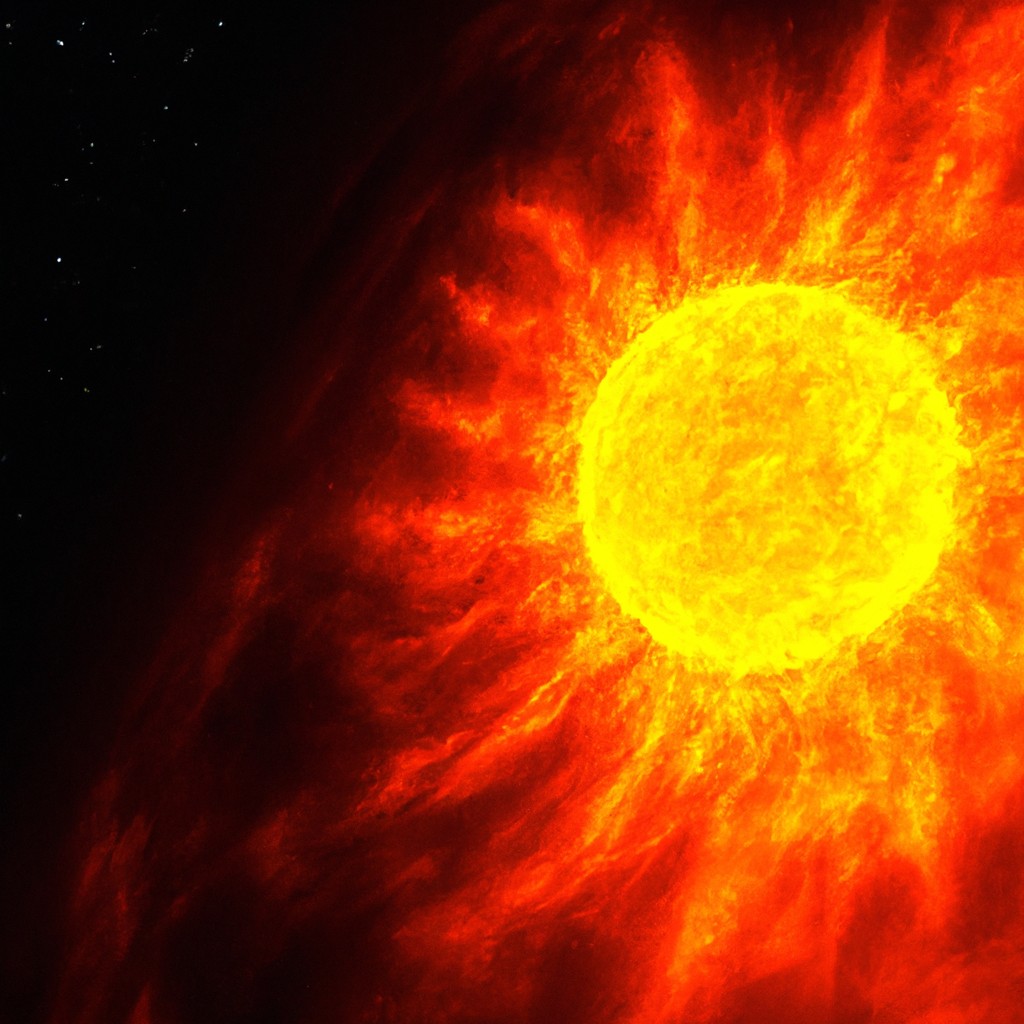Learn about the potential impacts of a solar superstorm in 2024 and how it could affect our technology-dependent society.
Key takeaways:
- Solar superstorms can impact technology-dependent society.
- Solar superstorms are caused by solar flares and CMEs.
- Impacts include disruptions to satellite systems, power grids, and data centers.
- Strategies for protection include enhanced engineering standards and rapid response protocols.
- International collaboration improves space weather forecasting.
Definition of a Solar Superstorm

A solar superstorm, also known as a geomagnetic storm, is a temporary disturbance of the Earth’s magnetosphere caused by a solar wind shock wave and/or cloud of magnetic field that interacts with the Earth’s magnetic field. The intensity of these storms is measured on the G-scale, with G5 being the highest.
Key concepts include:
- Solar Flares: Explosions on the sun’s surface releasing vast amounts of energy.
- Coronal Mass Ejections (CMEs): Large expulsions of plasma and magnetic fields from the sun’s corona.
- Solar Wind: A stream of charged particles released from the upper atmosphere of the sun.
- Magnetic Field Interaction: The interplay between the Earth’s magnetosphere and the incoming charged particles, which can induce electric currents on Earth.
These phenomena can accelerate charged particles to high speeds and send them hurtling towards Earth, potentially causing a variety of effects on both space-borne and ground-based technological systems.
Historical Precedence: The Carrington Event of 1859
In September 1859, astronomer Richard Carrington witnessed an intense white-light flare on the sun’s surface, resulting in the most significant solar storm on record. Telegraph systems worldwide went haywire, some delivering shocks to their operators or catching fire. The northern lights, typically seen only near the poles, were reported as far south as Cuba and Honolulu, casting a glow so bright that people could read newspapers by their light.
This event, known as the Carrington Event, demonstrated the sun’s capacity to disrupt technology well before the high-tech era. Its significance becomes clearer as we consider today’s reliance on advanced electronics, which are potentially more vulnerable to solar activity.
Potential Impacts of a 2024 Solar Superstorm On Technology
A solar superstorm’s intense electromagnetic radiation has far-reaching consequences for modern technology. High-energy solar particles can overwhelm satellite systems, disrupting GPS navigation, telecommunications, and weather forecasting. Additionally, the storm’s magnetized plasma can induce electric currents in power grids, potentially leading to widespread blackouts.
Aviation could suffer from compromised communication and navigation systems, posing risks especially for polar flights, which rely heavily on accurate geomagnetic information. The excess radiation also increases health risks for astronauts and passengers on high-altitude flights.
In the digital landscape, data centers and devices may experience hardware malfunctions. The highly charged particles can cause irreversible damage to the microelectronics within these systems, leading to data loss and system failures.
Lastly, the storm could affect underwater cables that facilitate global internet connectivity, diminishing internet speed or causing temporary outages. While fiber optic cables themselves are immune to magnetic influences, the repeaters that boost signal strength are susceptible to damage from induced currents.
Strategies for Protecting Electronics and Critical Infrastructure
Enhanced engineering standards for electrical grid components can significantly reduce the vulnerability of power systems. Transformers, which are particularly at risk from geomagnetic induced currents (GICs), can be crafted with robust protections to endure solar storm-related surges.
Satellite operators might employ “safe mode” operations, configuring satellites to minimize damage during peak solar activity, while also reinforcing shielding around critical components. Ground-based systems that rely on satellite communications can switch to backup methods to maintain functionality during a solar event.
Additionally, development and implementation of rapid response protocols are vital. These involve monitoring solar activity through space weather stations, ensuring authorities and companies have actionable information to enact protective measures in a timely manner, such as temporarily shutting down vulnerable systems or disconnecting parts of the grid.
Localized power solutions like uninterrupted power supplies (UPS) and backup generators can also provide immediate relief for essential services, allowing them to continue functioning despite disruptions to the main grid.
Research into superconductor technology offers a long-term, albeit nascent, avenue for grid protection. Superconductor-based power lines could potentially withstand solar-induced electrical surges better than conventional cables.
International Collaboration in Space Weather Forecasting
Efforts to predict and mitigate the effects of solar superstorms are bolstered by global partnerships. Agencies such as NASA and the European Space Agency (ESA) lead the way with sophisticated monitoring systems. Key initiatives include:
- The Solar and Heliospheric Observatory (SOHO), a joint ESA and NASA project, continuously observes the Sun, providing valuable data to assess solar activity.
- Advanced Composition Explorer (ACE) and the Deep Space Climate Observatory (DSCOVR), both positioned at Lagrange point 1, monitor solar winds and provide real-time alerts.
- The International Space Weather Initiative (ISWI), under the auspices of the United Nations, promotes international cooperation in space weather research and education.
- The World Meteorological Organization (WMO) assists in coordinating the exchange of space weather information between nations, improving the global response to solar weather threats.
Through these collaborative efforts, scientists can better forecast a solar superstorm’s onset and duration, ensuring a timely and coordinated response to protect critical infrastructure and technology.




